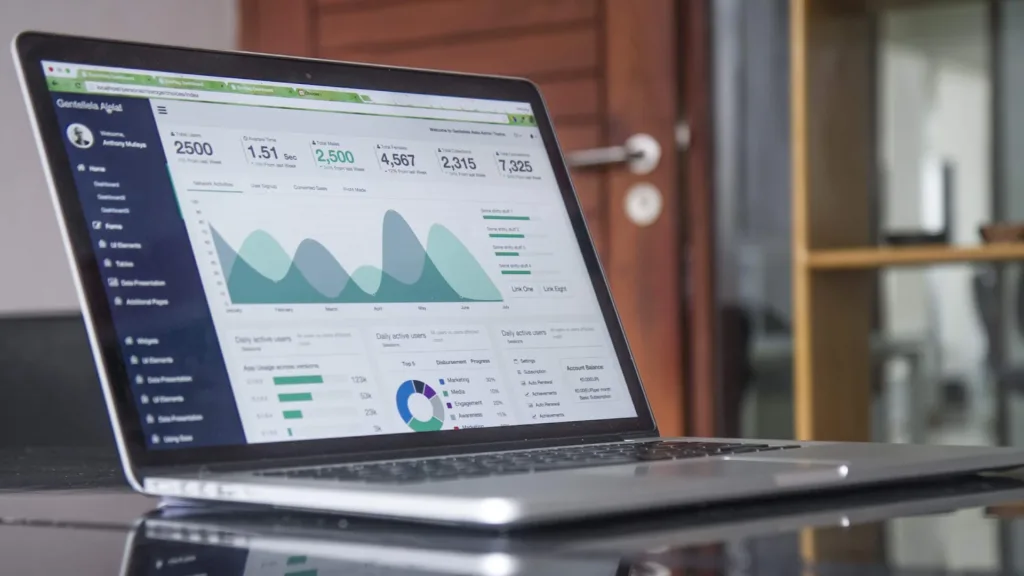A Comprehensive Guide to Successful Strategy Building
The digital world is vast and constantly evolving, making it vital for businesses to regularly evaluate their digital marketing strategies. A SWOT analysis, a classic tool used across industries for strategic planning, is particularly relevant to the dynamic domain of digital marketing. Here’s a dive into what SWOT analysis in digital marketing is and how you can use it effectively.

In digital marketing, a SWOT analysis involves assessing a business’s online Strengths, Weaknesses, Opportunities, and Threats. This exercise can unveil insights about a brand’s digital standing, enabling marketers to make strategic decisions.
Strengths are aspects of your digital marketing that give you an edge. This could include a widely-read blog, a successful pay-per-click campaign, a viral social media post, or a high conversion rate.
Weaknesses, on the other hand, are pain points in your digital marketing strategy that may yield different results. Your website’s load time is high, or your email campaigns have low engagement rates.
Opportunities are potential areas you can capitalize on. For instance, a new social media platform might offer untapped audience segments or a trending topic could be leveraged for content creation.
Threats are external factors that could hinder your digital growth. Classic examples are competitors’ strategies, changing platform algorithms, or adverse SEO updates.
To use SWOT analysis successfully in digital marketing, start with data collection. Digital marketing decisions should always be data-driven. Analyze your website analytics, email open rates, social media insights, and other relevant metrics to understand where you currently stand.

It’s beneficial to involve a cross-functional team for a comprehensive SWOT analysis. Including members from different departments, such as content creation, SEO, paid media, and social media, will provide a holistic view. Additionally, it’s essential to be brutally honest during the analysis.
It might be tempting to overlook certain weaknesses or threats, but an honest appraisal is critical. Recognize areas of improvement without bias.
Once you’ve identified the components of your SWOT, prioritize them based on potential impact. Determine which strengths you can leverage immediately and which weaknesses need urgent attention.
Then, convert these insights into actions. It’s not enough to identify the elements of SWOT; you must act on them. Develop strategies to capitalize on strengths and opportunities while creating action plans to address weaknesses and mitigate threats.
Remember that the digital landscape is ever-changing. Make SWOT analysis ongoing, revisiting and revising your strategies as platforms, algorithms, and audience behaviors evolve. Staying updated on industry news will also equip you to spot emerging opportunities or looming threats.
In conclusion, SWOT analysis in digital marketing isn’t just a theoretical exercise; it’s a practical tool that can significantly impact your brand’s online trajectory. When applied thoughtfully, it provides clarity, direction, and a roadmap for digital success. In the fast-paced digital realm, strategic and proactive, as facilitated by tools like SWOT, can make all the difference.